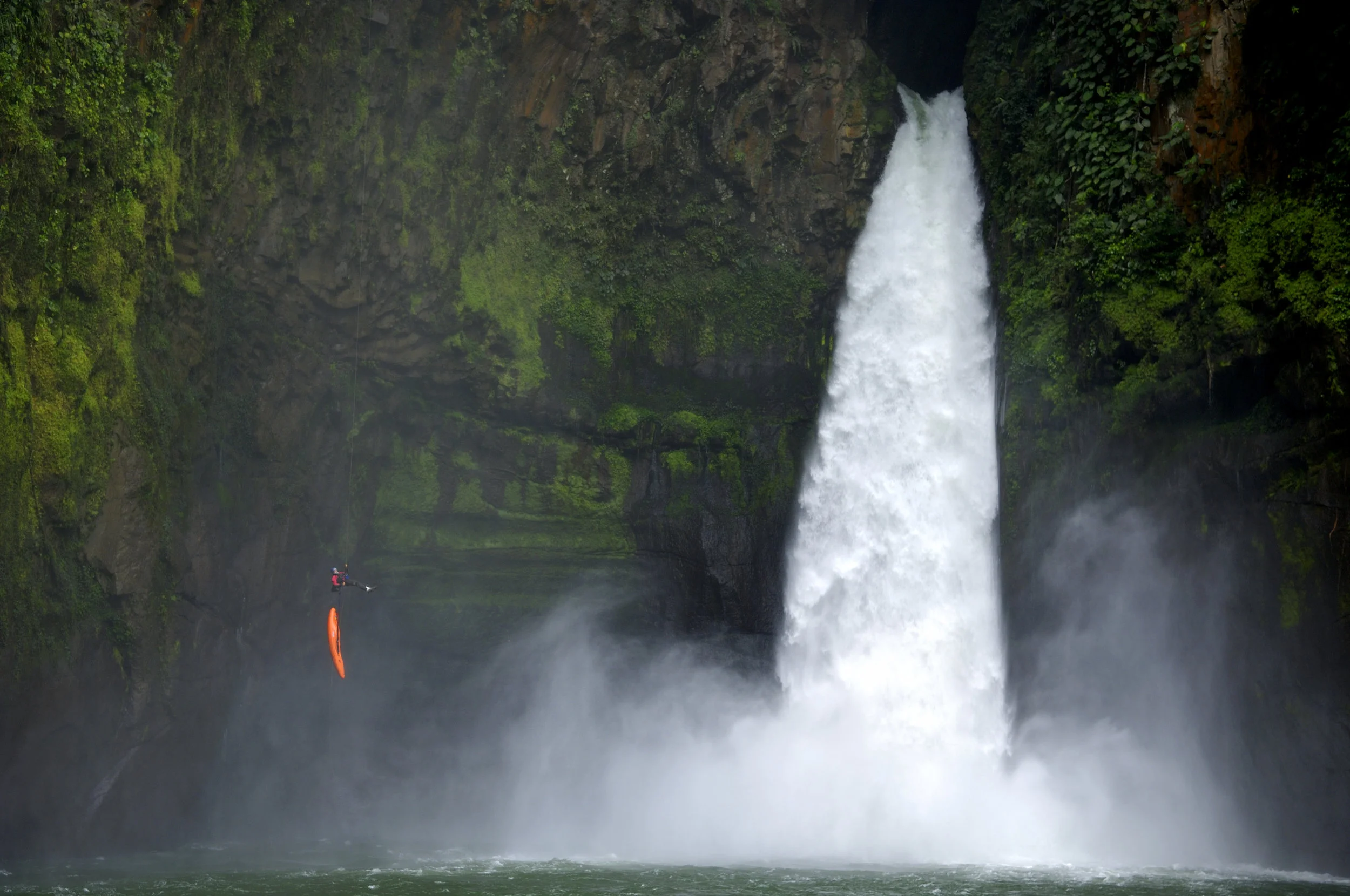Soften the F!$% Up
Outside
A few hours into the program, I realized that I was starting a Tsangpo descent into my own psyche, down a river that never ends. It was one of the hardest journeys of my life, one that forced me to confront behavior that had shaped my first 44 years. I began to understand that knowing how to harden the fuck up didn’t make me strong, and that being emotionally vulnerable didn’t make me weak. Learning to talk about the pain inside helped me let it go, so I wouldn’t need to bury it in a river canyon or a bottle of booze. By the end of the week, I was hopeful that the next time help arrived, I could be vulnerable enough to receive it.
By Scott Lindgren with Thayer Walker
Photo: Eric Parker















